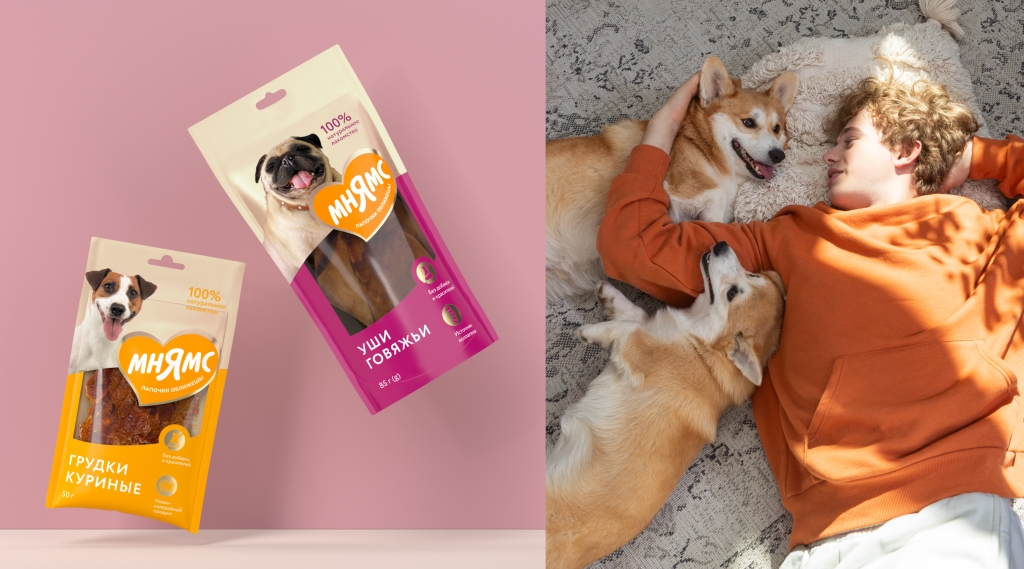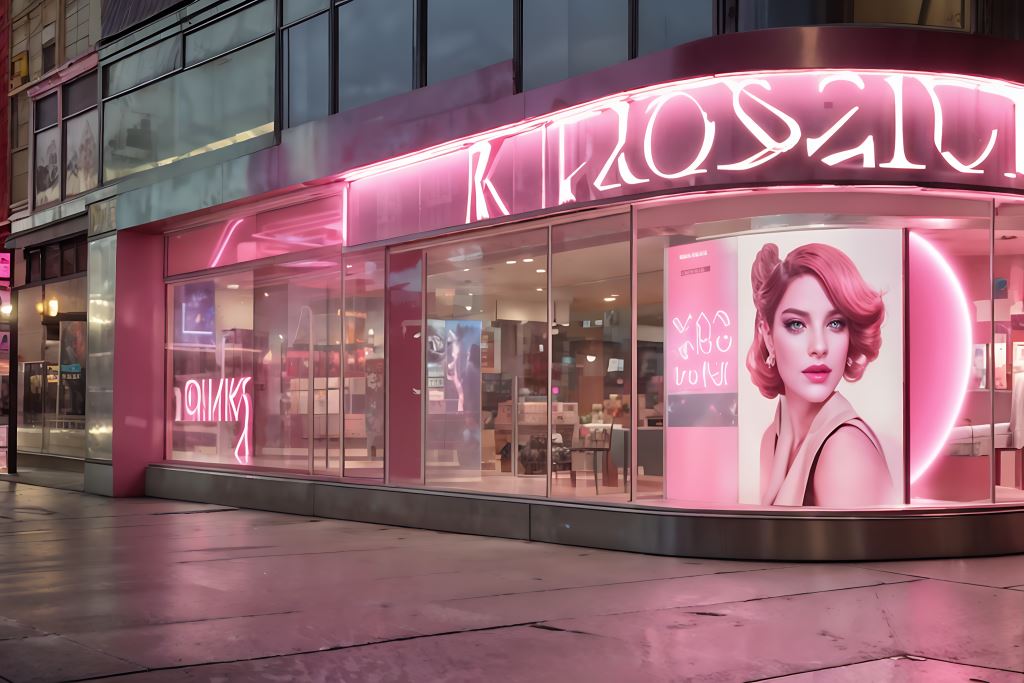
For those new to trade shows, preparing for your first one may feel a bit like preparing for an exam. Even if you’re used to chatting to people on social media, face-to-face interaction is always rather different. The good news is that trade shows are totally different from exams; they’re usually very relaxed and friendly. In fact the only point of connection between trade shows and exams is that a bit of preparation can go a long way.
Start by checking the details of the specific trade show
From a business perspective, you’ll want to check how many people will be expected at a trade show and what types of roles are likely to be represented. Quite bluntly, you need to know this to take an informed decision on whether or not it’s worth you going there in the first place.
Assuming it is, you then need to find out as much as you can about the practicalities of the space in general and your allocated area in particular. For example, will the venue provide a table or do you have to bring one? What is the floor area of your space and can you put up vertical displays? Will you have access to electrical outlets and WiFi (and if you do is it included in your fee or charged separately)?
Sell your stall first and your produce/service second
Your first task is to get people’s attention, which is why stalls at trade shows tend to combine well-designed, visible signage with a selection of free goodies. You therefore need to allocate some of your budget to providing some tempting treats. Ideally, these would be branded, promotional items, but if funds don’t stretch to this then free food will often do the trick.
Speaking of food, it’s almost always an excellent choice as a promotional item, with chocolate being the popular favourite. If your budget stretches to it, you could present it in an attractive, branded container, which can be reused. If not, then you can still build long-term engagement with the customer by having your social-media details printed on the wrapper of your personalised confectionery.
Printed material is still very valuable, even in the 21st century
In theory, leaflets and business cards should long since have gone the way of the fax machine and the cheque book. In practice, both are still not just alive but thriving and you will want to have a stock of both. When creating your business cards, remember that these days, it is highly likely that the recipient will photograph them and use an app to read the details on them and import them into their contacts list, so it’s highly advisable to use clear fonts (rather than elaborate ones) printed at a decent size.
This will also keep you on the right side of equality legislation. Speaking of business cards, the long-established approach of having someone leave a business card in exchange for being entered into a draw can take you into tricky legal waters in a post GDPR world. Therefore if you choose to do so, make sure you stay on the right side of the law. Alternatively, try another approach such as giving someone your card with your social media details and advising them that you are running a draw there.














